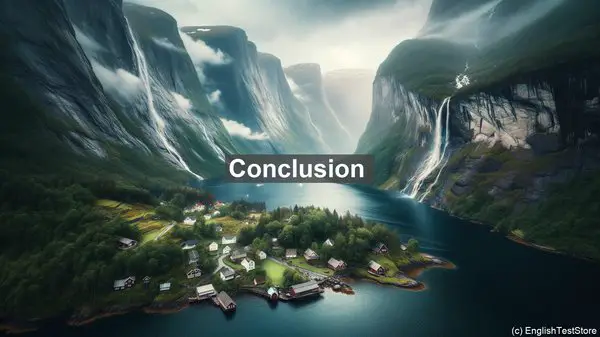Introduction
Today, we’re going to dive into the world of climate change mitigation. But before we get started, it’s important to clarify some commonly confused words that often arise in this field.
1. Adaptation vs. Mitigation
Adaptation and mitigation are two distinct strategies in addressing climate change. While adaptation focuses on adjusting to the impacts, mitigation aims to reduce the root causes, such as greenhouse gas emissions.
2. Renewable vs. Non-renewable Energy
Renewable energy, like solar and wind, is derived from sources that replenish naturally. On the other hand, non-renewable energy, such as fossil fuels, is finite and depletes over time.
3. Carbon Footprint vs. Carbon Offset
Your carbon footprint refers to the amount of greenhouse gases you contribute to the atmosphere. Carbon offset, however, involves compensating for those emissions by supporting projects that reduce or remove carbon elsewhere.

4. Weather vs. Climate
Weather refers to short-term atmospheric conditions, like temperature and precipitation, while climate represents long-term patterns and trends in a specific region.
5. Greenhouse Effect vs. Global Warming
The greenhouse effect is a natural process that traps heat in the Earth’s atmosphere, making it habitable. Global warming, on the other hand, refers to the increase in average global temperatures, largely attributed to human activities.
6. Emissions vs. Sequestration
Emissions are the release of greenhouse gases into the atmosphere, contributing to climate change. Sequestration, on the other hand, involves capturing and storing those gases, effectively reducing their impact.
7. Deforestation vs. Afforestation
Deforestation is the clearing of forests, often for agricultural purposes, which can lead to various environmental issues. Afforestation, in contrast, involves planting trees in areas where there were none previously.

8. Sustainable vs. Unsustainable
Sustainable practices aim to meet current needs without compromising the ability of future generations to meet their own. Unsustainable actions, on the other hand, deplete resources and harm the environment in the long run.
9. Resilience vs. Vulnerability
Resilience refers to the ability of a system or community to withstand and recover from disturbances, like extreme weather events. Vulnerability, on the other hand, represents the degree to which something is susceptible to harm or damage.
10. Paris Agreement vs. Kyoto Protocol
Both the Paris Agreement and the Kyoto Protocol are international treaties aimed at addressing climate change. While the Kyoto Protocol focused on binding emission reduction targets for developed countries, the Paris Agreement takes a more flexible approach, with voluntary contributions from all nations.
